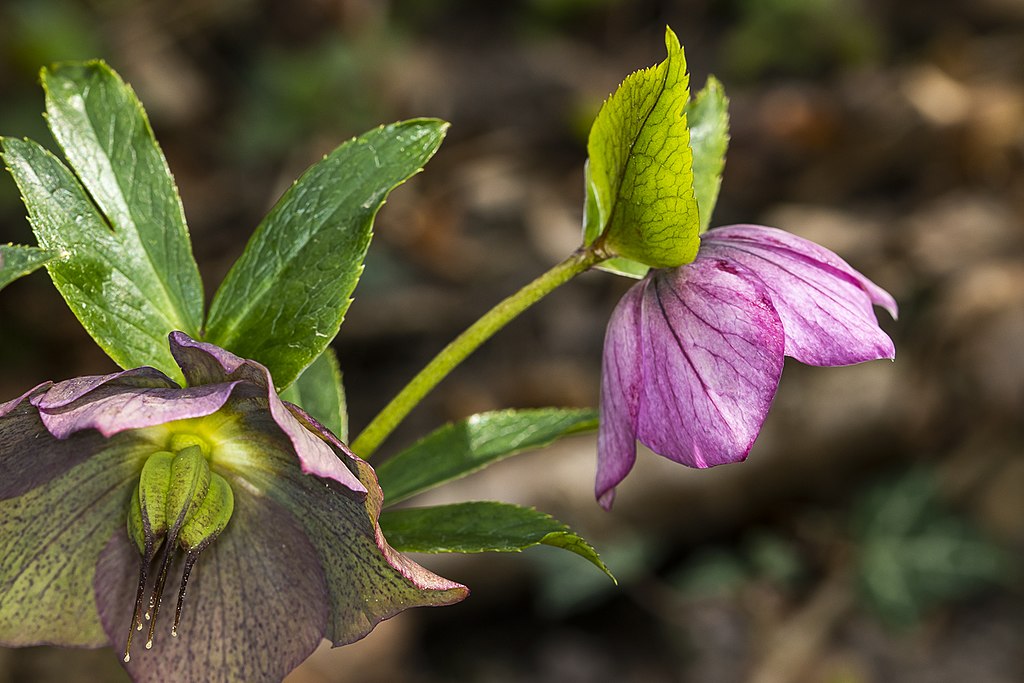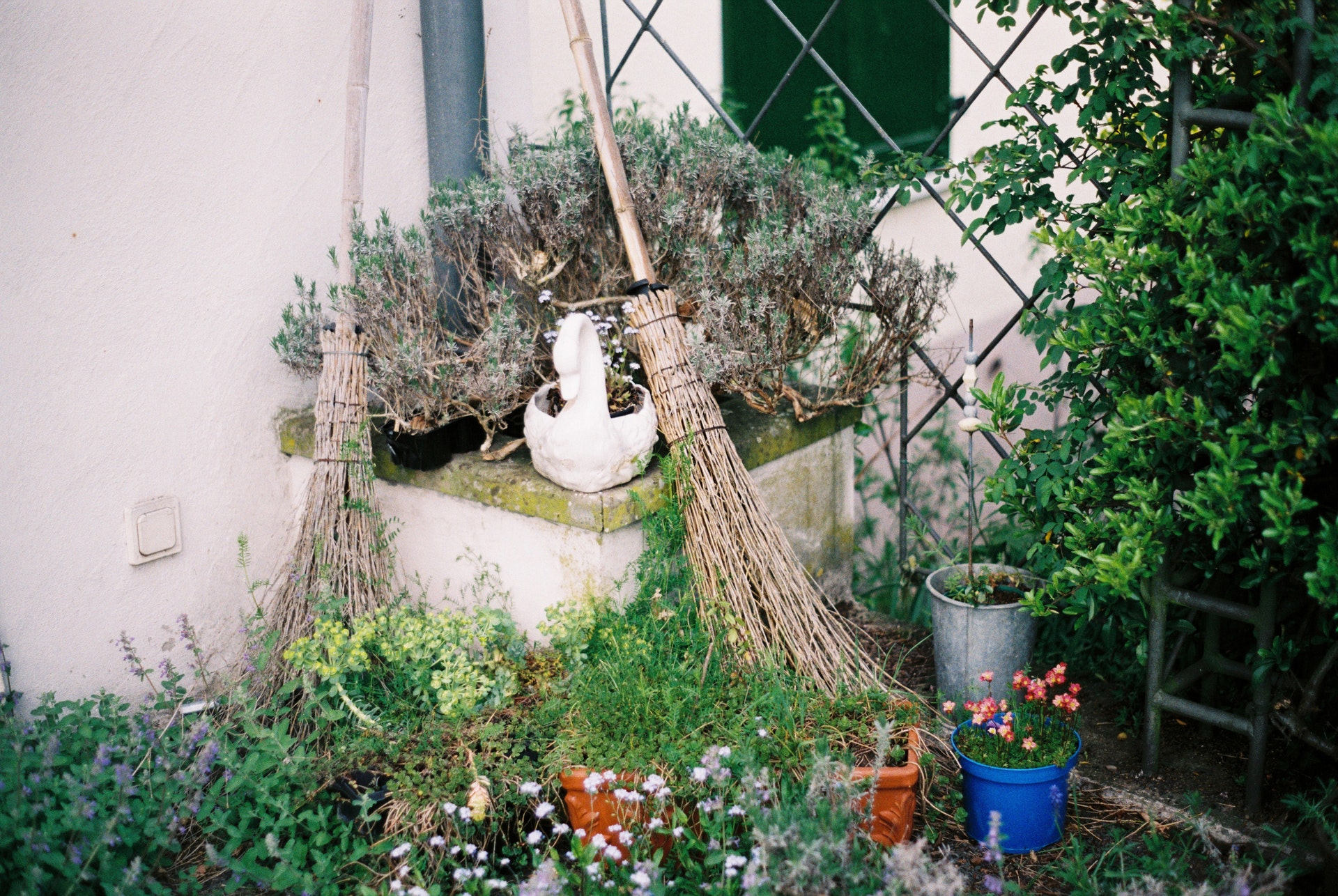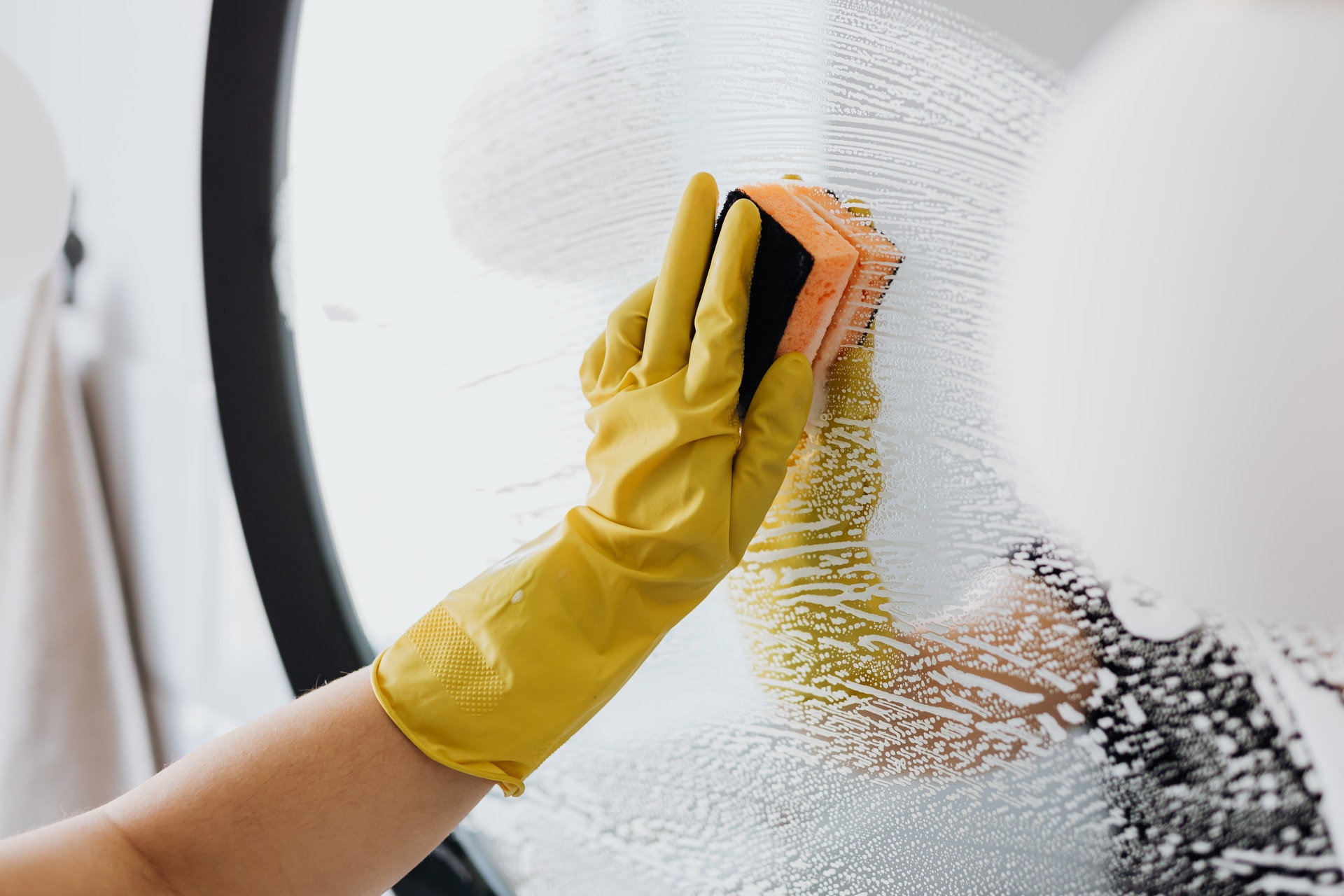After a long cold winter, warmer weather and longer days bring forth buds and bulbs. Everyone looks forward to the arrival of spring, and its surge of new life. This eagerness often inspires ideas of spring cleaning, and opportunities to rejuvenate house and home in preparation for increased life and activity.
Spring in the northern hemisphere officially starts in March. In Australia and New Zealand, Spring starts on September 1 and ends on November 30. In Ireland, according to the Gaelic calendar, Spring begins in February. Chinese New Year, which also signifies the arrival of spring, is celebrated between late January to early February.
Why do we do spring cleaning?
“Humans are basically programmed to spring clean. Our pineal gland, a tiny endocrine gland buried deep in our brains, is responsible for the production of melatonin, and it is this melatonin that causes sleepiness in humans. The pineal gland responds to darkness, increasing its production in winter and reducing its output in summer so we do actually experience an ‘awakening’ with the dawning of the longer days of spring.”
“Scientifically it really makes sense to clean our homes as the weather is getting warmer — the rising temperatures promote the growth of bacteria, so to prevent infection and disease, a good scouring is vital,” says Anna O’Donovan from the Allergy Standards certification company,
Allergy sufferers may be aware that dust, mildew, mold, pet dander, and even bugs can trigger the immune system, and untidy households tend to gather a lot of these pollutants throughout the winter months. Many environmentalists and scientists agree that indoor pollution is often worse than outdoor pollution.

Success
You are now signed up for our newsletter
Success
Check your email to complete sign up
The children’s book The Wind in the Willows by Kenneth Grahame offers a charming description of spring cleaning in Europe, where the custom is believed to have originated.
“The Mole had been working very hard all the morning, spring-cleaning his little home. First with brooms, then with dusters; then on ladders and steps and chairs, with a brush and a pail of whitewash; till he had dust in his throat and eyes, and splashes of whitewash all over his black fur, and an aching back and weary arms. Spring was moving in the air above and in the earth below and around him, penetrating even his dark and lowly little house with its spirit of divine discontent and longing …”
Mindful cleaning
According to a study published in the journal, “Washing Dishes to Wash the Dishes’ ‘ by Hanley A.W, cleaning may be transformed into practicing mindfulness – if done with intention and awareness. When respondents cleaned their dishes after reading a poem about mindful dishwashing, written by the poet and Buddhist monk Thich Nhat Hanh, they reported increased comfort and at ease.
History of spring cleaning
Spring cleaning has its origins in ancient rituals going back to 3000 B.C. In the 19th century, the biggest annual house cleaning usually took place in the spring, because the winter left homes coated with, “A layer of soot and grime in every room.” Therefore, spring cleaning in those days was very labor intensive.
Before the Industrial Revolution, housekeepers and maids relied on vigorous scrubbing and DIY household products. A cleaning guidebook from 1850 recommended gin as a solvent for polishing mirrors. Some other commonly used ingredients for these DIY products were lime juice, tea leaves, vinegar, and salt. Many times, it took folks a week to complete what we can now do in a few hours.
Brooms have been present for generations, but the design shifted around 1797, when Levi Dickenson, a farmer from Hadley, Massachusetts, crafted his spouse a broom from sorghum (Sorghum vulgare) tassel bristles. This tall, annual grass resembles corn plants with fan-shaped seed heads. By 1810, Dickenson had introduced the clever “foot-treadle broom machine,” which played an integral role in the Industrial Revolution. Today, sorghum and its tassels are still used to make quality brooms.

Cultural spring cleaning traditions
Cleaning was at its peak in the 1950s. Obsessive housekeeping was evidently the norm. For people in the Netherlands, everything that could be cleaned, was cleaned in the strictest sense of the word.
The ceilings and walls would be scrubbed of contaminants during spring cleaning. Some conscientious folks would even go so far as to clean their roof tiles and gravel.
To this day, the Dutch take the proverb “cleanliness is next to godliness” very seriously.
Spring cleaning has many cultural and religious roots that predate some of the more utilitarian reasons for doing so. Deep home cleaning is often a physical manifestation of a personal transformation, particularly in terms of inner cleansing and “letting go.”
China
Just before the Chinese New Year, people clean their houses to remove any ill luck or misfortune that may have gathered the previous year. Their immaculate dwellings are inviting places for good fortune to set up shop in and make a home.
Iran
Iran and all of the “stan” countries celebrate Nowruz, the Persian New Year, which occurs on the first day of Spring this year and every year since ancient times. Every residence is meticulously cleaned from top to bottom in preparation for the new year. Celebratory practices stretch back to at least the second century AD, and possibly as far back as the first century BC.
Jewish
Passover is a solemn occasion that commemorates the Jews’ exodus from Egypt, where they were forced to eat unleavened bread in order to survive. Prior to this spring-time celebration, Jewish families meticulously clean their houses of any leavened bread, even crumbs, as a symbolic reminder of all they have overcome through the centuries.
Orthodox Religions
According to Orthodox Christian tradition, Catholics cleanse the church altar the day before Good Friday, which usually falls in late March or early April. According to members of the Greek Orthodox church, they clean house for a week leading up to Lent.
Thailand
Thailand’s New Year, Songkran, is a purifying festival which occurs Apr 15 to 17. People will throw water on each other in the street, believing it will wash away all bad luck and cleanse them from misdeeds accumulated over the previous year.
They sprinkle Buddha statues with water and pray for good fortune. To welcome the new year, many people clean their residences from top to bottom.

Spring cleaning today – choose your weapon
The process of spritzing and polishing your house shouldn’t take more than a day or two if you plan ahead. In order to get your house in tip-top shape and smelling fresh, you’ll need the right cleaning equipment and supplies. Remember, it’s not essential to purchase a plethora of pricey products that aren’t actually necessary (stain removers, floor shiner, etc.) A few high-quality natural cleaning products should suffice, and many of them may even be produced at home.
Whether you participate in a ritual or not, spring cleaning can be a welcome ceremony for the happy change of season, and an activity that can naturally bring about a delightful sense of calm and joy. At the end of the day, “Home is where the heart is!”














